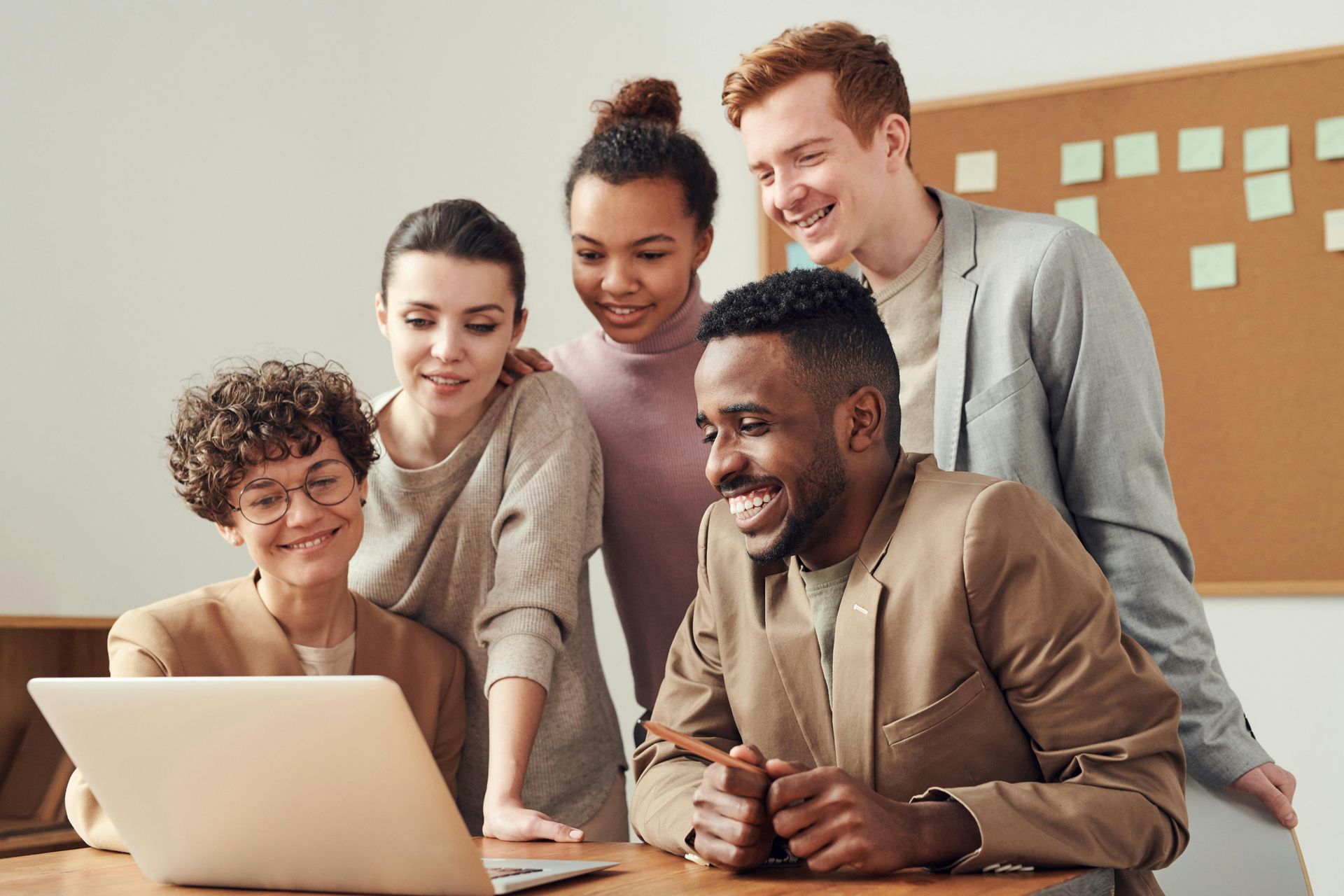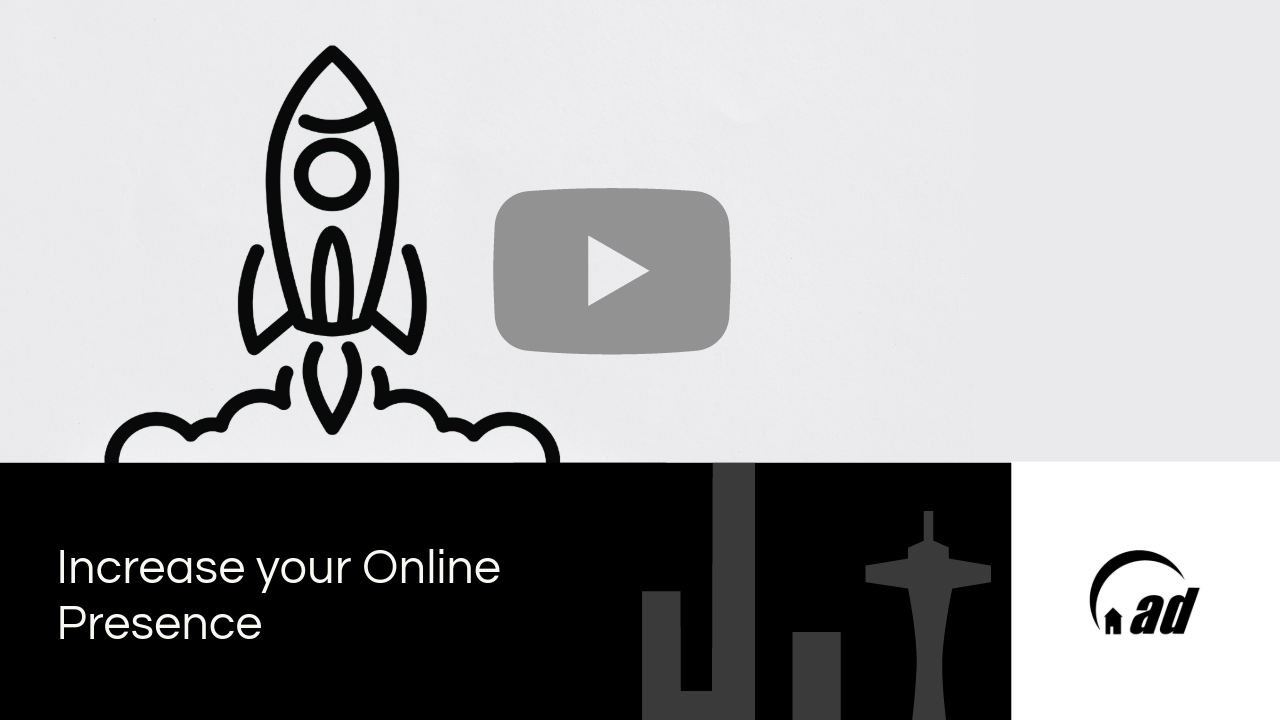Why Your Web Hosting Provider Matters for SEO and Web Design Success
Your website’s ranking potential isn’t just about keywords and content. It can be fundamentally limited by your hosting infrastructure, and most people aren’t talking about it. While you’re optimizing meta tags and building backlinks, a slow or unreliable server could be quietly sabotaging your SEO efforts.
Search engines penalize sites that load slowly, go offline frequently, or deliver poor user experiences. Even perfectly optimized content becomes invisible when hosting failures disrupt crawling cycles or cause pages to time out. The harsh reality is that your hosting provider determines whether your SEO strategy succeeds or fails before visitors even see your site.
How Web Hosting Affects Your SEO Performance
Web hosting makes a difference to your brand’s SEO performance by controlling site speed, uptime, and server reliability, all of which influence how search engines index and rank your content.
When a server responds slowly or goes offline, it limits crawler access, which can end up weakening your domain’s visibility. These failures can tank your organic traffic by disrupting the technical conditions that search engines require to rank pages.
Because search engines prioritize speed and availability, poor hosting often leads to missed indexing cycles and crawl delays. Over time, this means that search engines put you in a sort of “blind spot”, which can prevent new content from appearing in results.
Even a fully optimized page can remain invisible if it loads too slowly or returns errors when crawled by search engines. With this in mind, it’s easy to tell that web hosting isn’t just a passive component of your SEO setup; it’s a deciding factor.
Site Loading Speeds and Bounce Rates
Site speed directly impacts bounce rates and search ranking because people leave pages that take too long to load. Search engines monitor this behavior through engagement signals like time on site and interaction depth.
When load times stretch too long for the user’s patience, bounce rates rise and SEO performance suffers. By delivering fast first-byte response and full content rendering
under two seconds, high-quality hosts help maintain a consistent user experience.
Speed-optimized servers lower exit rates, support longer browsing sessions, and improve Core Web Vitals scores, which are now built into Google’s ranking systems. Hosting plans that include SSD storage, HTTP/2, and full-page caching give you real SEO benefits.
Uptime Reliability and Search Crawling
Search engines track uptime to figure out whether your website is stable enough to crawl regularly. When servers drop requests or return error codes, those failures are recorded in the search index and may prevent your full website from being crawled. Downtime also signals that your site may not deliver a reliable experience for users.
Reliable web hosts support SEO by maintaining 99.9% uptime or better, which keeps your content available to both crawlers and visitors. Without stable access, search engines either crawl less often or just skip indexing altogether. That reduction in visibility limits new traffic and delays content updates from reaching search results.
Hosting Security and User Trust
Secure hosting contributes to SEO performance by protecting your site from malware, spam, and external attacks that can damage your domain authority. If a hosting server becomes compromised or gets flagged for phishing activity (even if your website is innocent), search engines may block access or reduce your ranking to protect users.
SSL certificates, firewall protections, and active threat monitoring are now expected by both search engines and users. Without these security layers, your site risks losing trust, traffic, and ranking. Hosting providers that offer built-in security features help maintain compliance with SEO requirements and prevent blacklisting from search engines.
Server Location and Search Engine Relevance
Geographic server placement influences SEO by affecting how fast content loads for local users. When the hosting server is too far from your audience, page latency increases and local engagement declines. This reduces your relevance in region-based search results and harms SEO performance for geographically targeted keywords.
To support local
and international ranking,
fast-loading hosting should include regionally distributed servers or content delivery networks. These reduce distance-based delays, improve mobile experience, and raise the likelihood that your content will appear in local search engine results.
Hosting’s Role in Web Design and User Experience
Web hosting directly affects how reliably a website loads across devices by controlling file delivery, script execution, and resource loading. These functions are essential to how design frameworks perform under real-time visitor load. Poor server performance creates delays, layout shifts, and broken elements, which reduce the quality of the user experience and limit engagement.
When a host can’t deliver fast responses under pressure, modern design elements such as dynamic headers, animations, and full-width media struggle to load. These issues create visible disruptions on mobile and desktop devices, especially under 4G or throttled network conditions.
Designers working with complex CSS frameworks or JavaScript libraries need hosting that supports consistent rendering at scale. Without it, even well-built sites appear sluggish and unresponsive to both users and search engines.
Mobile Responsiveness and Speed Constraints
Hosting directly impacts mobile responsiveness by influencing how fast resources reach the browser and how stable layout elements remain during load. Mobile-first design relies on fast response times, efficient asset compression, and minimal blocking scripts.
If the server takes too long to return HTML or render CSS, content shifts and poor load order affect layout clarity and tap targets. Lightweight design frameworks still require reliable throughput to deliver smooth transitions and responsive breakpoints.
Slower servers cause render delay and high time-to-interactive scores, which affect how users navigate and engage with the page. Inconsistent delivery causes mobile visitors to abandon their sessions, especially when visual elements collapse or stack incorrectly during initial paint.
Information Architecture and Hosting Limitations
Hosting performance determines whether your users can access core navigation elements, filtered search results, and layered media content without delay.
When server-side caching is misconfigured or asset delivery stalls, menu systems and page hierarchies don’t load in a usable way. This introduces friction into the user journey and undermines the design’s intended purpose.
Slow server response also disrupts interactive components, such as collapsible panels, carousels, and embedded content. These failures prevent functional layout elements from activating, resulting in incomplete content display and higher exit rates.
Good information architecture depends on hosting that returns complete page data on time, especially when the structure relies on asynchronous scripts or server-side rendering.
What to Look for in a Web Hosting Provider
A hosting provider must support fast load times, high uptime, and rapid error recovery to maintain your SEO. These features allow search engines to crawl content consistently, reduce ranking volatility, and support page performance metrics across all devices.
Search engines evaluate time to first byte, crawl reliability, and HTTPS delivery when ranking content. These factors are directly tied to server responsiveness, bandwidth availability, and the quality of configuration. Hosting that lacks autoscaling or response monitoring can’t maintain SEO stability under the pressure of growth.
Support and Technical Responsiveness
Support delays during server failure or DNS errors reduce page availability and trigger indexing issues. Search engines treat repeated outages or failed SSL handshakes as signs of instability. If support takes hours to respond, content remains inaccessible, crawl errors stack, and rankings fall.
A responsive host offers guaranteed response windows under 15 minutes, automated alerts for CPU or memory overload, and full root access for emergency rollback or file correction. Plans should include real-time log access, proactive monitoring, and escalation channels with technical engineers, not generalists.
Scalability for Traffic Growth
Traffic spikes from campaigns or product launches expose whether a host can maintain speed under load. Without autoscaling or balanced resource pools, CPU saturation or IOPS bottlenecks result in 500 errors or increased load times beyond acceptable thresholds.
Hosts with integrated autoscaling adjust compute and bandwidth without throttling. Scalable plans should include burst capacity, dedicated I/O throughput, and reserved RAM for asset-heavy pages. Cloud platforms like DigitalOcean or Linode with custom autoscaling policies provide more stable long-term SEO protection than fixed shared plans.
Cost vs Long-Term SEO Impact
Low-cost hosting usually introduces file execution limits, lower cache lifetimes, and oversold hardware, which increases TTFB and forces search engines to delay or skip crawl attempts. This leads to dropped sessions, stale index coverage, and weaker link equity consolidation.
Providers that offer CDN integration, HTTP/2, Brotli compression, and SSL preconfiguration help maintain consistent performance across global markets. A $10 monthly saving often ends up costing ten times more in lost clicks, missed conversions, or delayed reindexing after content updates. SEO is not compatible with budget-first infrastructure.
Conclusion
If you’re tracking rankings but ignoring infrastructure, you’re solving the wrong problem. Optimizing performance at the hosting level gives your SEO and design room to succeed without competing with the server. Choose hosting that removes friction, rather than adding it.
About the Author
Paul Wheeler runs a web design agency that helps small businesses optimize their websites for business success. He aims to educate business owners on all things website-related, at his own website, Reviews for Website Hosting.
Image by: https://www.freepik.com/free-vector/abstract-creative-website-hosting-illustration_21743696.htm#fromView=search&page=1&position=14&uuid=237e0ed4-be80-4946-b016-9ce172fb64d2&query=web+hosting
Share
Tips & Updates








